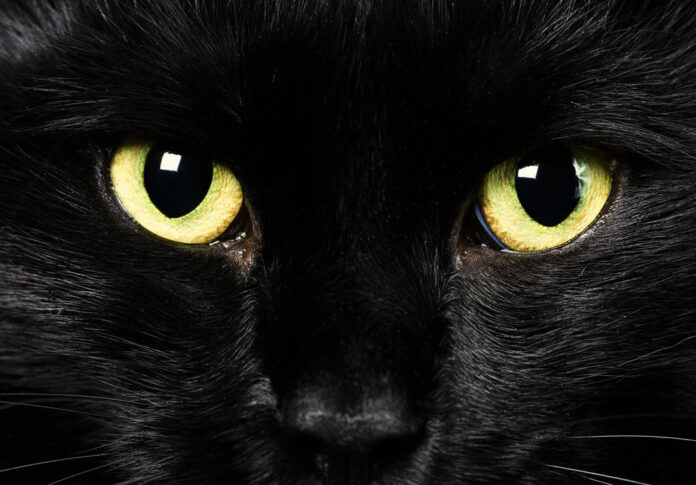
TO the ancient Celts, the year had two ‘hinges’. These were Beltaine (the first of May) and Samhain, (the first of November), which is also the traditional Celtic New Year.
These two days were the most magical, and often frightening, times of the whole year.
The Irish and Scots Celts began celebrating Samhain more than 2,000 years ago. Samhain marked the time cattle were brought in from their summer grazing to their winter fold. By that stage, the harvest was done and food stored. The gods were petitioned to protect the cattle during the long, hard winter.
Samhain is also the night of the Great Sabbat for the witches (Ban-Druidh, in Scots Gaelic). On Hallowmas, all the witches of Scotland gather together to celebrate, prophesy and cast their spells. Tradition has it that on this night, they can be seen flying through the air on broomsticks with black cats, ravens or horses on their wild Hallowmas Ride. Some say the Queen of Witches is the Irish Morrigan (also called Morgan le Fay). In other traditions, the Blue Faced Hag of Winter – the Calleach – rules this night.
So what about the animals?
Black cats were said to be witches’ ‘familiars’, helping with spells and potions and guarding the home against ghosts and evil spirits. Personally, I believe witches were then as they are today, people with a love of nature and a knowledge of nature as a healer, not the ugly, evil women popular with Disney and Hollywood. As for the cats, I bet it wasn’t just black cats these women cared for.
Bats are another animal we fear and use in our Hallowe’en decorations. These little creatures are nothing to be afraid of and are certainly very handy to have around, as they eat more than 2,000 midgies each night; always a welcome guest in my garden.
Owls, another creature of the night, were said to be familiars and sometimes were believed to be witches in disguise. Aside from being night birds, owls scared people back then. Is it the glassy eyes? The hooting? The shriek some owls make when hunting late at night? Maybe it’s the big eyes and silent flight? The barn owl is known as the Ghost of the Forest.
Spiders, I don’t like them but I see the good they can do as I also don’t like flies. In a good horror film there are usually a few hundred spiders hanging around in dusty webs waiting for someone to run into them face first, now that’s a horror!
Ravens are said to possess knowledge from the land of the dead and crows act as a liaison between this world and the next. They are viewed as ‘assistors’ that help the deceased cross over.
Then there is the Hallowe’en Hare. According to ancient gardening legend, the hare hops from garden to garden on Hallowe’en night looking for Easter eggs not found in the spring Easter egg hunt. If the Hallowe’en Hare doesn’t find any, he will create havoc in the garden by pulling up plants and turning over containers. Many gardeners, hoping to avoid this mischief, will leave Hallowe’en treats in the garden on Hallowe’en night for the Hallowe’en Hare to find. The mess the hare leaves then allows the hedgehogs to go to sleep under the piles of leaves, sticks and upside down containers.
I never feed the Hallowe’en Hare but the hedgehogs are a different story.
A native of Ennis, Colin McGann has been editor of The Clare Champion since August 2020. Former editor of The Clare People, he is a journalism and communications graduate of Dublin Institute of Technology.


